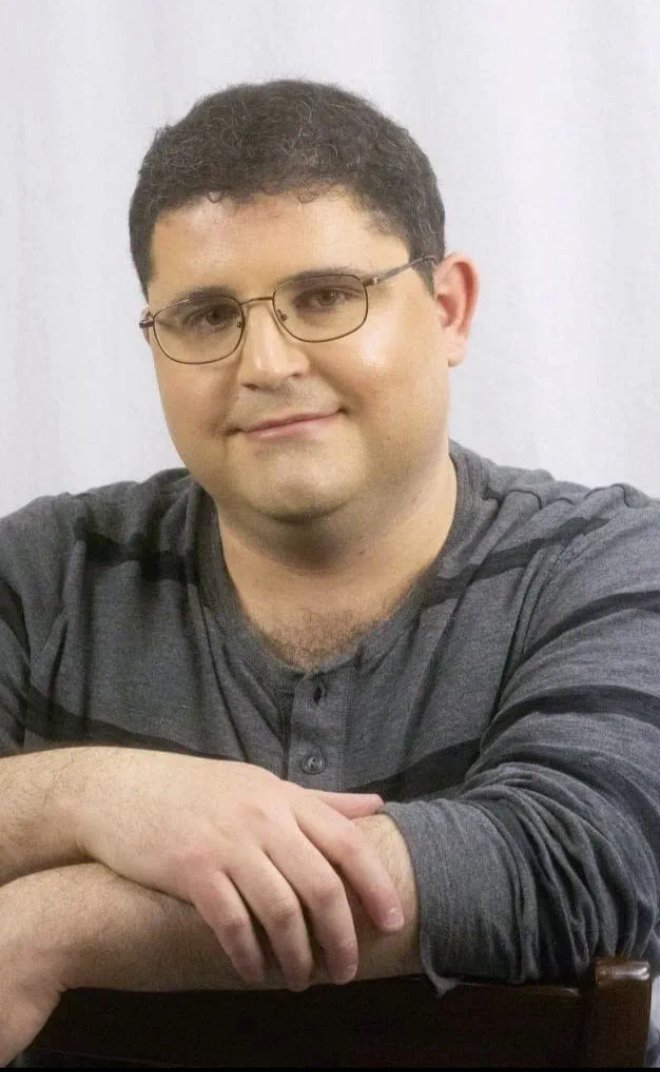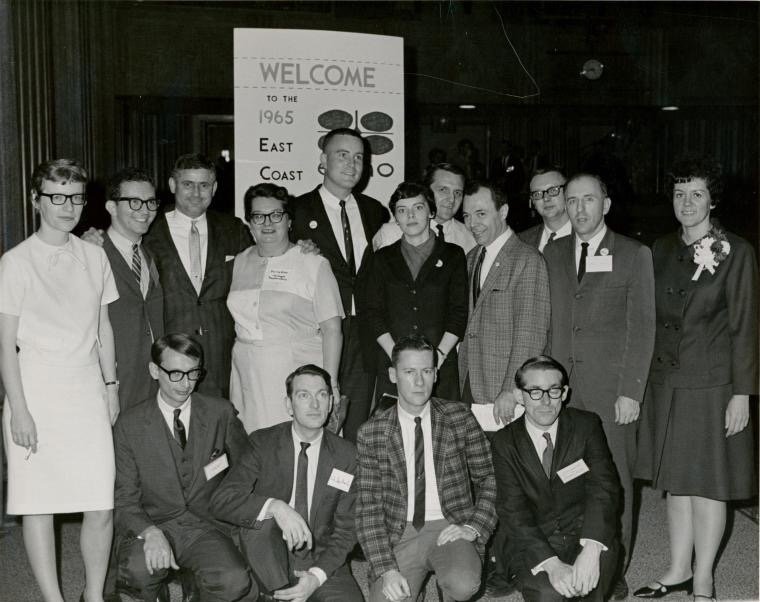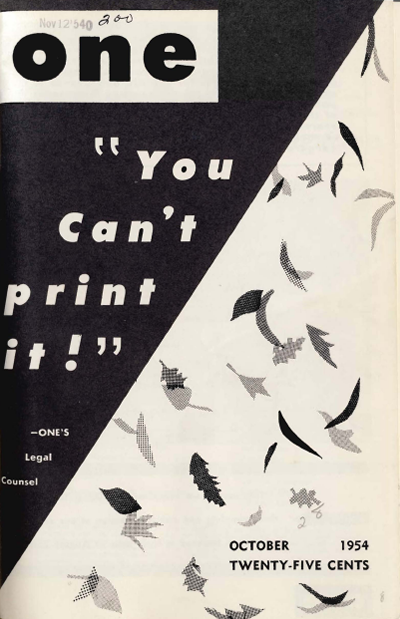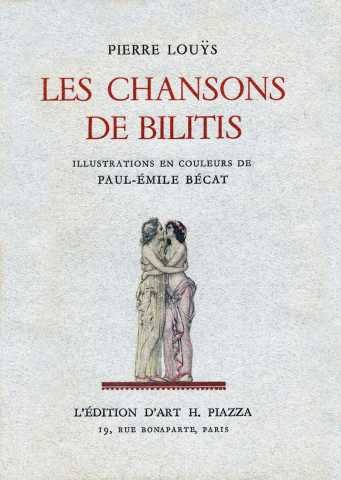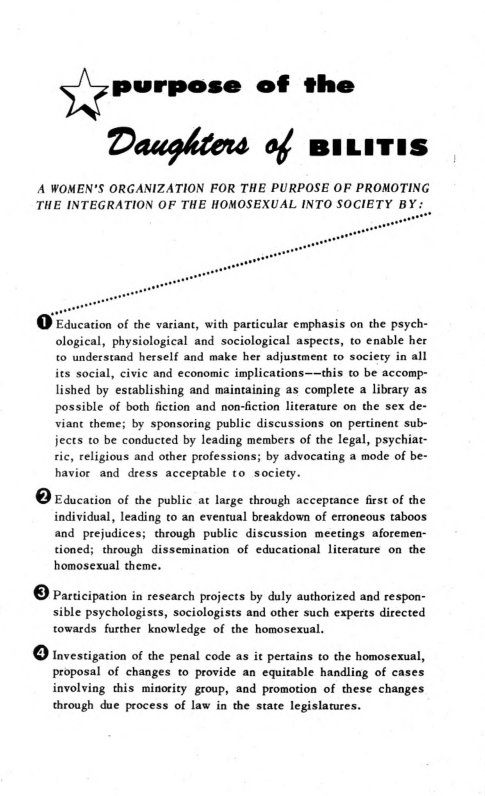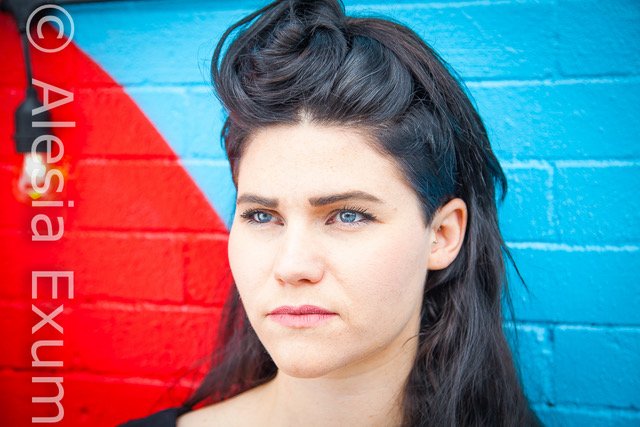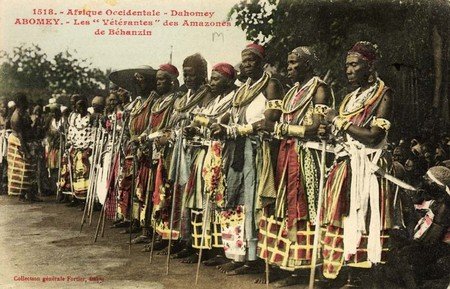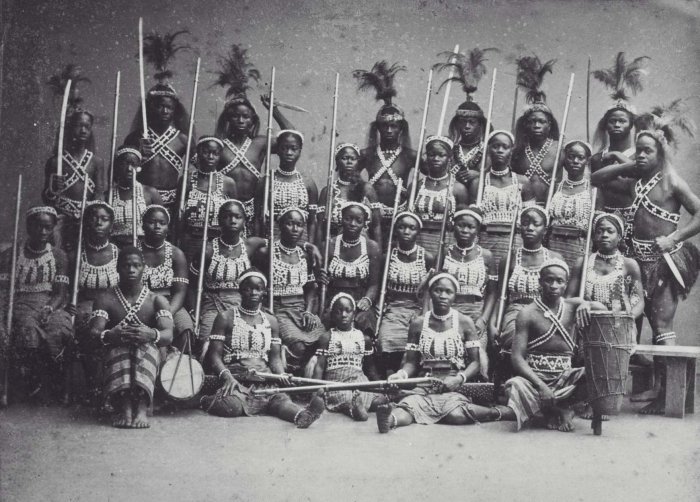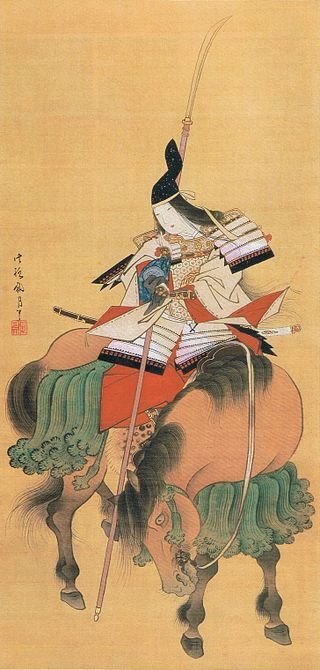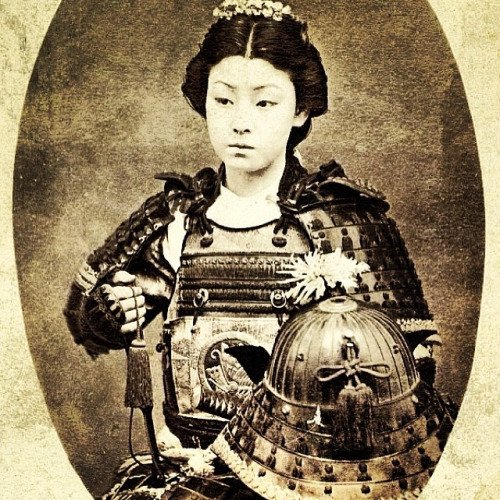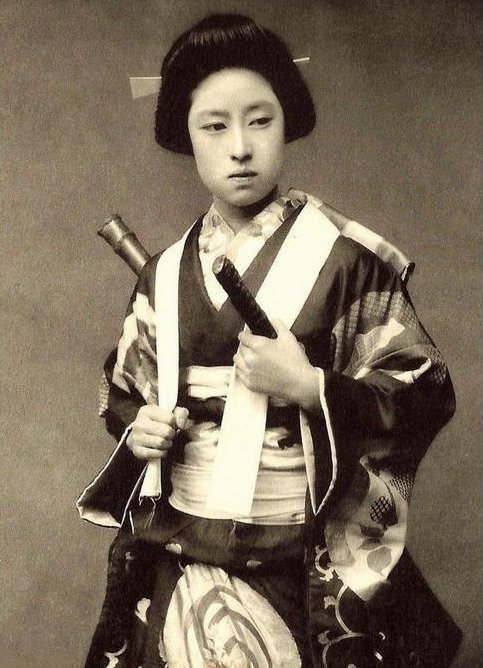BONUS 0.15. Malinda Lo and Queer YA Historical Fiction
/Another interview episode for you all in the feed today, this time Leigh sat down with author Malinda Lo about her writing, her interest and research into queer history, and the trajectory of queer literature since her first published book in 2009.
Her award-winning novel Last Night at the Telegraph Club is a queer historical fiction coming-of-age story set in 1954 San Francisco, following Chinese-American teenager Lily Hu as she discovers her queer identity, falls in love with classmate Kath Miller, and sneaks out to the Telegraph Club, a lesbian bar humming with life and new experiences.
We dive into the research and real-life queer San Francisco scene Lo explored to create the world of Last Night at the Telegraph Club, as well as her newest book, A Scatter of Light, a companion novel set against backdrop of the first major Supreme Court decisions legalizing gay marriage.
"That book. It was about two women, and they fell in love with each other." And then Lily asked the question that had taken root in her, that was even now unfurling its leaves and demanding to be shown the sun: "Have you ever heard of such a thing?"
Seventeen-year-old Lily Hu can't remember exactly when the question took root, but the answer was in full bloom the moment she and Kathleen Miller walked under the flashing neon sign of a lesbian bar called the Telegraph Club.
America in 1954 is not a safe place for two girls to fall in love, especially not in Chinatown. Red-scare paranoia threatens everyone, including Chinese Americans like Lily. With deportation looming over her father - despite his hard-won citizenship - Lily and Kath risk everything to let their love see the light of day.
Last Night at the Telegraph Club author Malinda Lo returns to the Bay Area with another masterful queer coming-of-age story, this time set against the backdrop of the first major Supreme Court decisions legalizing gay marriage.
Aria Tang West was looking forward to a summer on Martha’s Vineyard with her best friends—one last round of sand and sun before college. But after a graduation party goes wrong, Aria’s parents exile her to California to stay with her grandmother, artist Joan West. Aria expects boredom, but what she finds is Steph Nichols, her grandmother’s gardener. Soon, Aria is second-guessing who she is and what she wants to be, and a summer that once seemed lost becomes unforgettable—for Aria, her family, and the working-class queer community Steph introduces her to. It’s the kind of summer that changes a life forever.
And almost sixty years after the end of Last Night at the Telegraph Club, A Scatter of Light also offers a glimpse into Lily and Kath’s lives since 1955.
Photo credit: Sharona Jacobs
Malinda Lo is the New York Times bestselling author of seven novels, including most recently A Scatter of Light. Her novel Last Night at the Telegraph Club won the National Book Award, the Stonewall Book Award, the Asian/Pacific American Award for Literature, a Michael L. Printz Honor, and was an LA Times Book Prize finalist. Her books have received 15 starred reviews and have been finalists for multiple awards, including the Andre Norton Award and the Lambda Literary Award. She has been honored by the Carnegie Corporation as a Great Immigrant. Malinda’s short fiction and nonfiction has been published by The New York Times, NPR, Autostraddle, The Horn Book, and multiple anthologies. She lives in Massachusetts with her wife and their dog.
Notes from the Telegraph Club
Shortly after Last Night at the Telegraph Club was published, Malinda treated readers to a wonderful series on her blog called Notes from the Telegraph Club, presenting some of the research she had conducted for the novel and diving into the historical context that makes up Lily and Kath’s world in 1954 San Francisco.
We highly recommend reading them! You can read the whole series at the link above, but here are some of our favorite articles:
Malinda also has some other queer history and current events articles on her blog, one of which we’ve even used as a source in a previous episode. We recommend you check these out:
Where To Find Malinda Lo Online:
@malindalo on twitter
@malindalo on instagram











